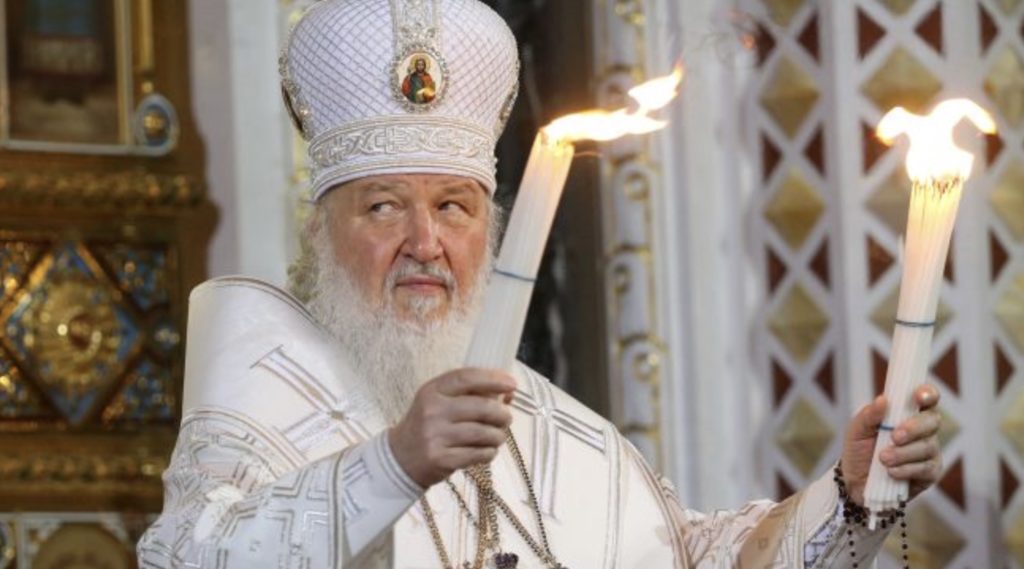Vue normale
-
NYT > World News
-
The Beatboxing, Dancing Nuns Expanding the Flock in Brazil
The Catholic Church’s effort to win young followers relies in part on influencers, D.J.s and two Brazilian nuns with plenty of rhythm.
-
NYT > World News
-
The Story Behind Brazil’s Viral Beatboxing Nuns
These nuns in Brazil went viral for beatboxing. Now, they’re using their newfound fame to draw attention to the Catholic church and to their congregation’s mission. Jack Nicas, the Brazil bureau chief for The New York Times, goes behind the scenes as the nuns record their first music video.
The Story Behind Brazil’s Viral Beatboxing Nuns
-
Euromaidan Press

-
Not just monastery: Kremlin uses Orthodox nuns in Estonia to spread imperial ideology
The Kremlin is using the nuns of Estonia’s Pühtitsa Convent of the Russian Orthodox Church as a tool of hybrid warfare against the West, according to Estonia’s Ministry of the Interior, The Telegraph reports. The Russian Orthodox Church is increasingly suspected by Europeans and the US of operating as an espionage network for the Kremlin in various countries. This involves using churches and priests as cover for intelligence gathering and to advance Russian foreign policy interests. Th
Not just monastery: Kremlin uses Orthodox nuns in Estonia to spread imperial ideology

The Kremlin is using the nuns of Estonia’s Pühtitsa Convent of the Russian Orthodox Church as a tool of hybrid warfare against the West, according to Estonia’s Ministry of the Interior, The Telegraph reports.
The Russian Orthodox Church is increasingly suspected by Europeans and the US of operating as an espionage network for the Kremlin in various countries. This involves using churches and priests as cover for intelligence gathering and to advance Russian foreign policy interests.
The convent, which falls under the jurisdiction of the Moscow Patriarchate, has refused to sever ties with Patriarch Kirill, citing canonical law as justification.
However, Estonian government official Martin Tulit states this is merely a cover.
“The convent should be seen not simply as a religious institution, but also as a symbol of the Russki Mir ideology on Estonian soil – an ideology promoted by the Russian state and the Moscow Patriarchate that blends religion, nationalism, and imperial nostalgia,” says Martin Tulit, a senior Estonian government official.
The head of the convent, Abbess Filareta Kalatšova, was personally appointed by Patriarch Kirill in 2011. Since then, she has actively promoted narratives aligned with the Kremlin’s interpretation of Estonian and Western history.
The monastery spreads the idea that Orthodox believers are allegedly persecuted in Europe and labels Estonia’s new law, which requires churches to cut ties with aggressor states, a violation of religious freedom.
The Estonian Interior Ministry also dismissed claims that the law is intended to shut down the convent. Earlier, the agency said that the Moscow Patriarchate Orthodox Church, which is subordinate to Russia and the Kremlin, is the biggest lever of influence in Estonia.